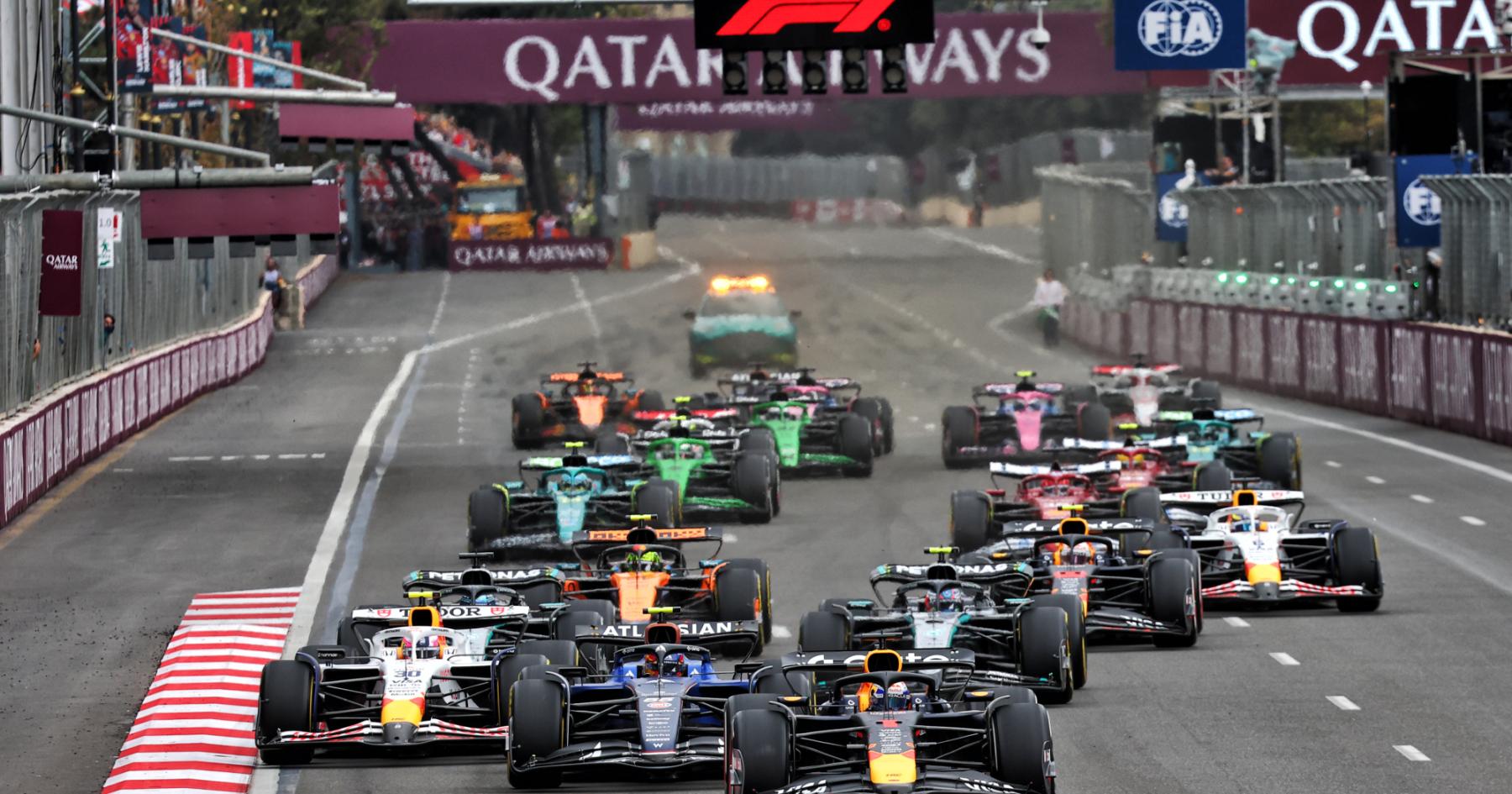Formula 1’s financial framework is set for a significant reset in 2026, with the cost cap moving to 215 million USD. According to the FIA’s single-seater financial regulations director Federico Lodi, the headline figure reflects inflation and the decision to bring currently excluded costs inside the cap — not an invitation for teams to spend more.
Why 215 million isn’t a real increase
Lodi explains that the new level stems from two factors: accumulated worldwide inflation since 2021 and the inclusion of costs that currently sit outside the cap’s perimeter. In practice, teams won’t be spending more overall; they will account for more of their existing expenditure within the cap, so the ceiling needs to rise accordingly.
Key contours of the 2026 rules
- Driver salaries and the three highest team earners remain excluded.
- The cap is harmonised across teams but adjusted for specific cases: for example, Audi’s entry acknowledges higher Swiss salary baselines.
- The current inflation-adjustment mechanism continues.
Consensus comes with concessions
Drafting financial rules for 10 — soon 11 with Cadillac — teams with divergent priorities is complex. Lodi notes that achieving buy-in required compromises, leading to 20–25 exclusions rather than the leaner rulebook the FIA would prefer. It’s the trade-off for consensus in a competitive, politically charged environment.
A ‘self-policing’ budget
The FIA avoided micro-managing how teams spend. Within the cap, choices are theirs: invest in mechanics and junior staff, or plough more into development. The market imposes its own balance — squeeze too hard in one area and you risk losing people. In that sense, the system is designed to regulate itself.
What it means for the paddock
Expect tighter accounting, not an arms race. The 215 million figure aligns the cap with economic reality and a broader cost perimeter, while preserving flexibility. The big picture remains intact: cost control that protects competition, sustainability and the health of the grid as F1 heads into a new technical era.

